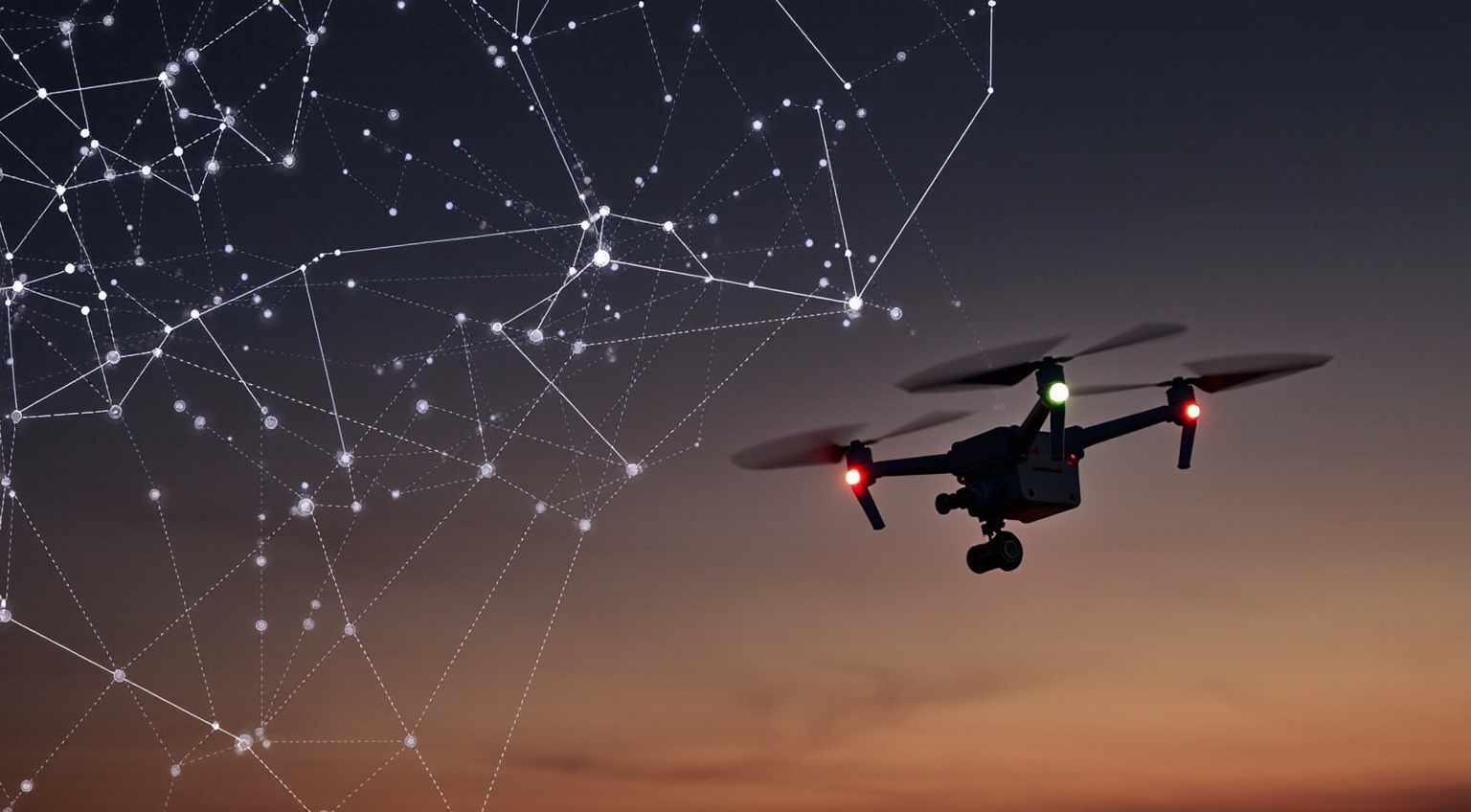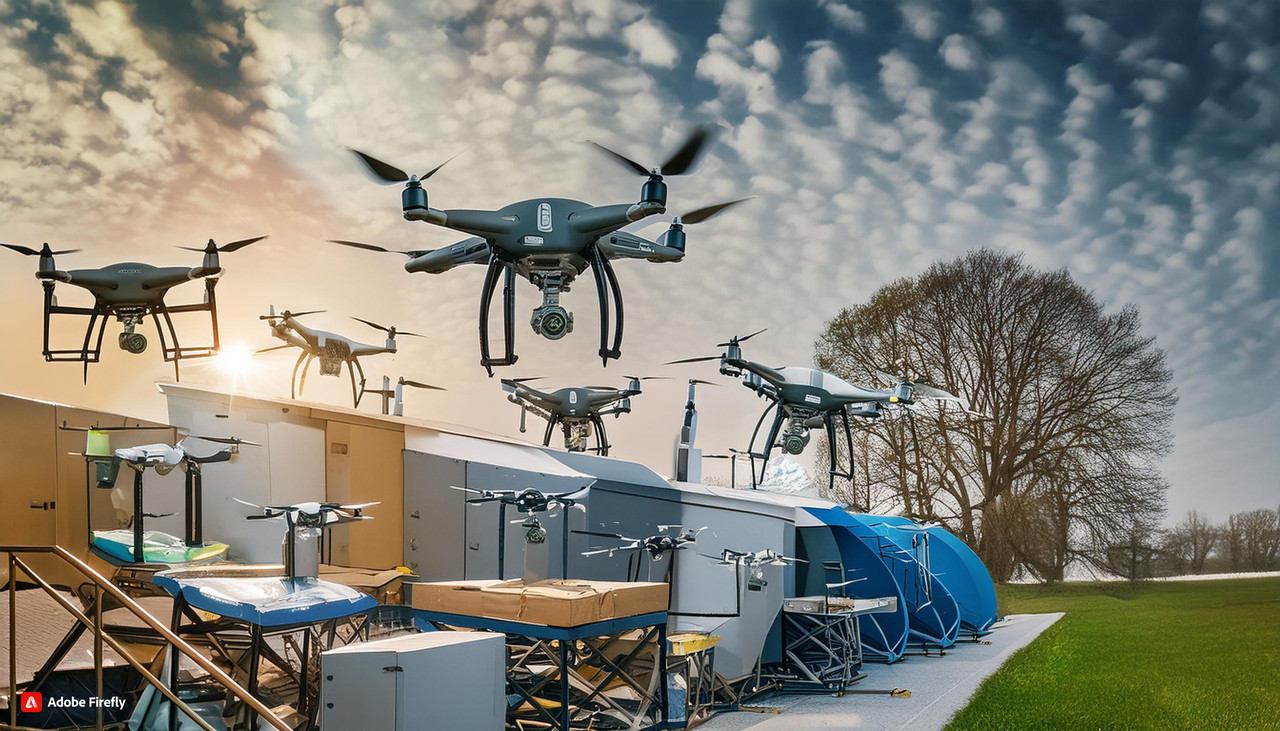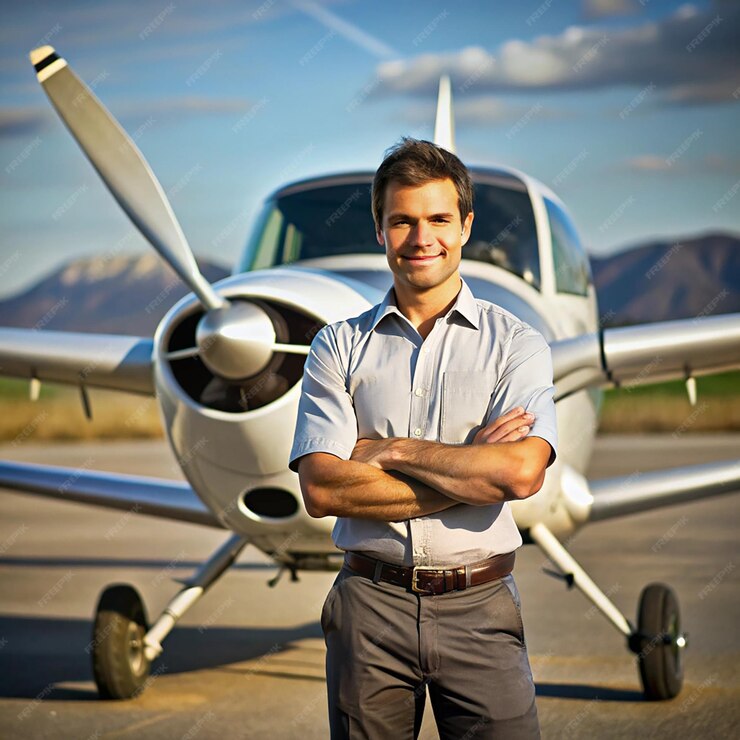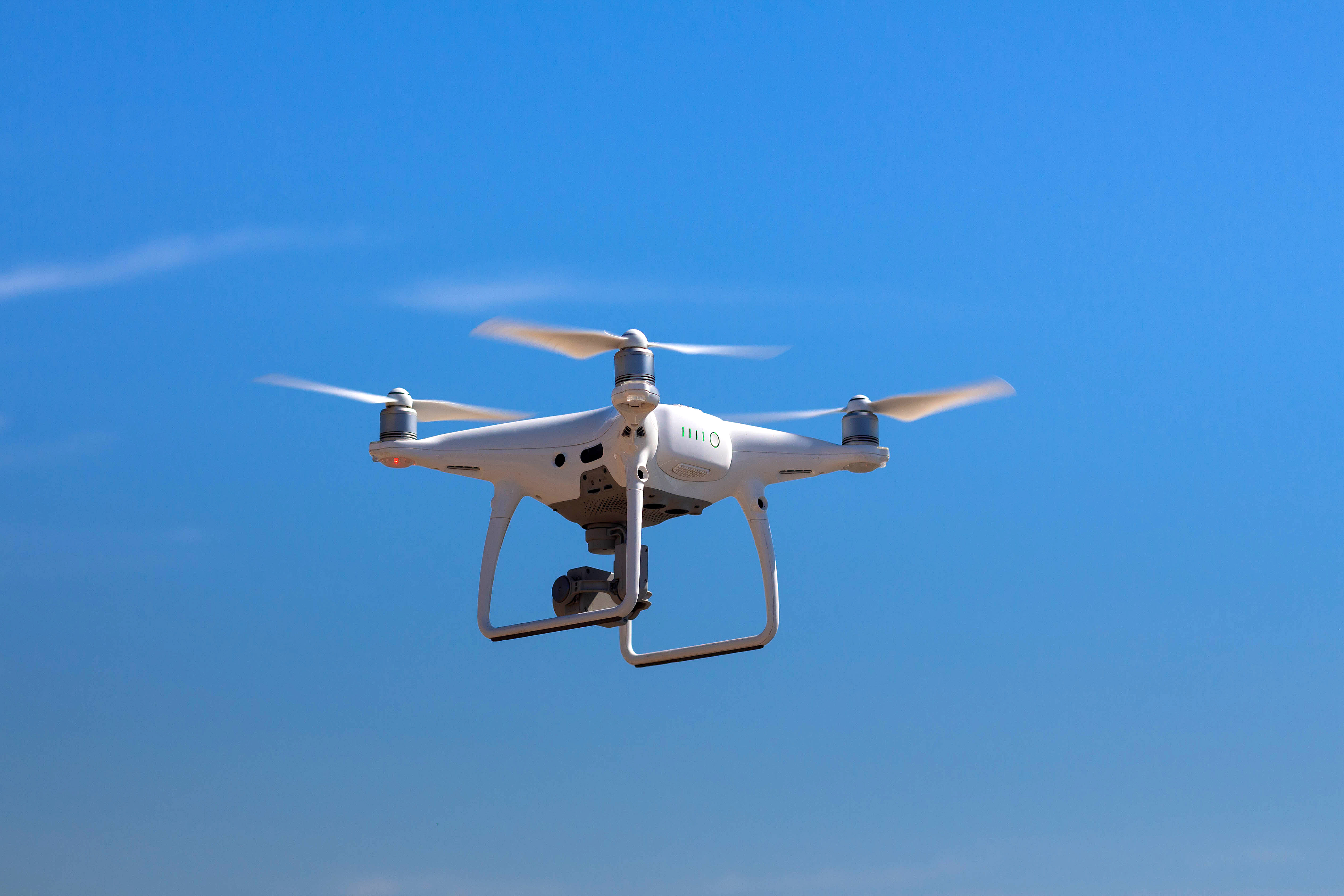
Drones in Space: How UAVs Will Assist Space Exploration

There is so much talk about the development of space technology and exploration. Technology has made this possible, and in the current scheme of things, drones are important for monitoring and maintaining space habitats. They can inspect equipment, conduct repairs, and deliver supplies to astronauts.
The space environment poses many challenges, including navigation, communication, and durability issues. Despite these obstacles, drones' role in space exploration is considerable and can be considered the future of space exploration.

Advancements Happening in the World of Drones
Since they first burst on the scene, drones have advanced greatly. Initially designed for military surveillance, drones are also used for commercial purposes. Recently, drones have significantly improved their capabilities to cater to space exploration needs.
Contemporary drones have cameras, LIDAR systems, and GPS modules, letting them navigate terrain without human intervention.

What are the Uses of Drones in Space Exploration
Using space exploration drones is helping in enhancing our understanding of heavenly bodies' geology and structure. These are some ways that drones can be used effectively within space habitats:
Maintenance Tasks
Drones can be used in many maintenance tasks, such as repairing solar panels or cleaning equipment dust, without risking people's lives. This importance of safety in space exploration should raise awareness of the precautions taken.
Exploration
Widespread research on new planets' geology is needed before sending crewed missions. Drones can help by gathering data about celestial bodies' structures without risking humans and offering insights into possible hazards before sending astronauts.
Surveillance
Drones can also offer instantaneous monitoring by capturing videos or photos from different angles within a habitat, which could be beneficial for security purposes.
Transportation
Self-directed cargo-carrying vehicles such as Mars rovers can transport food, water, medical equipment, and other essentials during manned missions when travelling across dangerous terrain that would otherwise put humans at risk.

Future Applications of Drones in Space
With progressions made towards independent navigation capabilities & improved batteries capable of sustaining drone power needs for long, the usage of drones in space habitats will only grow. Here are some future applications of the same:
Planetary Defence
Drones have the potential to deflect asteroids and other dangers by breaking them apart or pushing them off their trajectory.
Construction
The future of space habitat construction may include using drones fortified with 3D printing technology to build structures swiftly vital for human habitation.

Benefits of Utilizing Drones in Space Habitat Development
Using drones in space offers several benefits that can enhance space exploration and habitation. From performing upkeep tasks to exploring new planets, drones can revolutionize how we explore and dwell in celestial bodies. Some benefits of using drones in space habitat development are:
Reduced Risk
An important advantage of using drones for upkeep tasks is that they can decrease human risk by repairing solar panels or cleaning equipment dust without risking human lives. This decreases the manned mission count required for such functions while minimalizing risks related to these missions.
Cost-Effective
Drones are relatively low-cost compared to manned missions or developing sophisticated robots. They can perform multiple maintenance tasks like repairing solar panels or cleaning dust from equipment without putting human lives at risk.
Time-Saving
Drones have cameras, lidar systems and GPS modules, allowing them to autonomously navigate any terrain or environment without much role of humans. This saves time by plummeting the need for manned missions to perform these same functions.
Increased Efficiency
Autonomous cargo-carrying vehicles like Mars rovers can transport food, water, medical equipment, etc., which are essential during manned missions when travelling across dangerous terrain that would otherwise put humans at risk. This increases efficiency by allowing more resources to be moved safely, fostering optimism about the progress in space technology.
Improved Data Collection
With the use of space drones, one can gather data about celestial bodies without risking humans and offer insights into possible hazards before sending astronauts. The collected data enables scientists and engineers developing space habitats to make knowledgeable decisions about a planet's habitableness before sending humans there.
Increased Safety
Drones can offer instantaneous monitoring by capturing photos or videos from different angles within a habitat, which could be beneficial for security purposes. This augmented safety guarantees the safety of equipment and people in the space habitat.

Challenges in Implementing Drones in Space Habitats
While using drones in space habitats has a lot of benefits, some challenges must be addressed before their full potential can be realized. From tech limitations to regulatory hurdles, there are the challenges facing the implementation of drones in space habitats:
Tech Limitations
Despite substantial progress in autonomous navigation competencies and improved battery technologies capable of sustaining drones' power requirements for long durations, drone tech faces technological limitations that must be overcome before it can be fully used in space habitats.
For instance, drones need dependable communication systems for remote control and data transmission. This can pose a substantial challenge in environments where signals might become disrupted by interference or distance from the orbit of the earth.
Regulatory Hurdles
Another challenge facing the implementation of drones in space habitats is regulatory hurdles. The international treaties leading outer space activities do not openly mention drones, so it is indistinct how these laws apply to drone processes beyond Earth's orbit. Additionally, no established framework exists for licensing and regulating drone use within a space habitat context. Lack of or less clarity could lead to delays or even cancellations of future missions involving drones.
Environmental Impact
Using drones could have an ecological impact on Mars because their exhaust fumes comprise compounds damaging to human health and might pollute soil samples gathered by the Mars rovers. Furthermore, as with any tech used on Earth or beyond its atmosphere, it has an ecological impact; the same goes for using it within a planet's environment—potential disturbances fashioned by operating these machines around sensitive areas like water sources could damage ecosystems found on other planets where life may exist.
Risk Management
Autonomous operation abilities mean that nobody can troubleshoot the issue promptly if there is a problem during a mission without human intervention nearby. So, reliable systems to sense and correct software or hardware failures are vital in guaranteeing the safe operations of drones in space habitats.
Cost
Developing and deploying drones precisely designed for space exploration could be prohibitive for some organizations, which have limited budgets owed to R&D programs that aim to improve their proficiencies.

The Future of Drones in Space Habitats: Possibilities and Limitations
With drone technology's continuous evolution, its applications in space exploration will grow and become even more important over time. With progressions made towards self-directed navigation capabilities and improved battery technologies proficient in sustaining drones' power requirements for a long, more possibilities are expected from this field in the future that will improve our understanding of celestial bodies' geology while reducing risks related to manned missions.
However, some limitations should also be considered while considering the future of space drone propulsion. Here are some possibilities and limitations to reckon with
Possibilities
Autonomous Systems
One likelihood is that drones will become autonomous systems proficient in performing intricate tasks without human intervention. This could comprise preserving equipment or constructing novel structures within space.
Improved Exploration Capabilities
Drones can gather geological data about the structures of heavenly bodies without risking human life while offering insights into potential threats before sending astronauts. At some point, upgrades, such as sophisticated sensors or sampling tools combined with drones, might help explore unknown regions and surfaces, like caves found on planets beyond Earth's orbit.
Drones can deflect asteroids by breaking them apart or pushing them off their trajectory; this will come in handy if an asteroid is headed towards a planet populated by humans.
Limitations
Tech Limitations
Tech limitations, such as communication between Earth-based operators and drones deployed beyond Earth's orbit, remain a substantial challenge for drone application within space habitats.
Environmental Impact
Drones impact the environment; using them within a planet's environment—potential turbulences created by functioning these machines around sensitive areas like water sources could cause harm to ecosystems found on other planets where life may exist.
Security Risks
Security risks associated with drones comprise hacking attempts against control systems that operate drones remotely from Earth to move out of their allocated areas or even be hijacked completely by hackers.
Regulations
Regulations regarding the use of drones in space are yet to be fully recognized. This lack of clarity could delay or even cancel future missions involving drones.
Coming to a Close
With the development of novel drone applications, such as space exploration, the demand for drone pilots will only increase with time. So, if you are also willing to be a part of the evolving world of extraterrestrial drones as a drone pilot or pilot instructor, enrolling in a DGCA-approved drone training institute is good.
Flapone Aviation is one of the best drone training institutes in Delhi—NCR. It specializes in providing the best-in-class instructional training to aspiring drone pilots and instructors. The course fees are also quite reasonable compared to the experience and quality we offer.
Related Blog
Latest updates and insights from Flapone Aviation.

What Types of Drones Are Present in the Market?
October 8, 2024

How to Become a Pilot After 12th in India?
February 7, 2025

What are the Basics of Drone Piloting?
February 7, 2025




Author Bio
A dynamic and seasoned content writer with 6 years of experience curating content for different platforms. With the knowledge of all the cogs of content writing and SEO, he has served in various industries. He believes that content is the kingpin, and if penned well, it has a lasting impact on the minds of the readers. Apart from content creation, he is also an ardent poetry lover and performer. He has two publications of his poetry collection, namely Alfaaz and Chestha